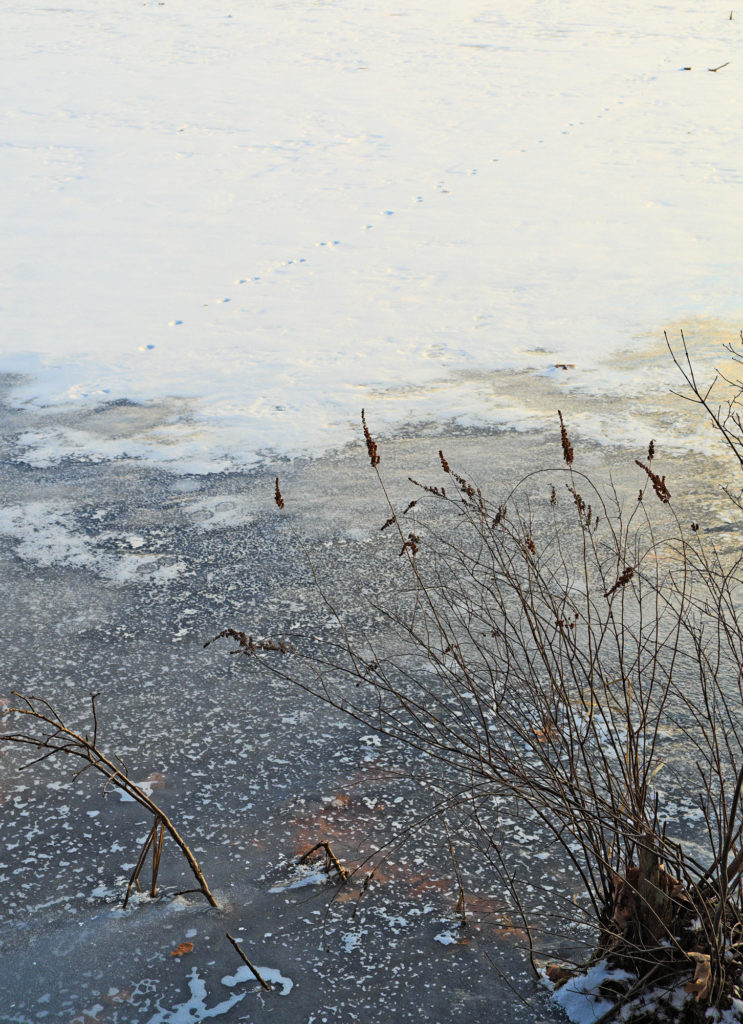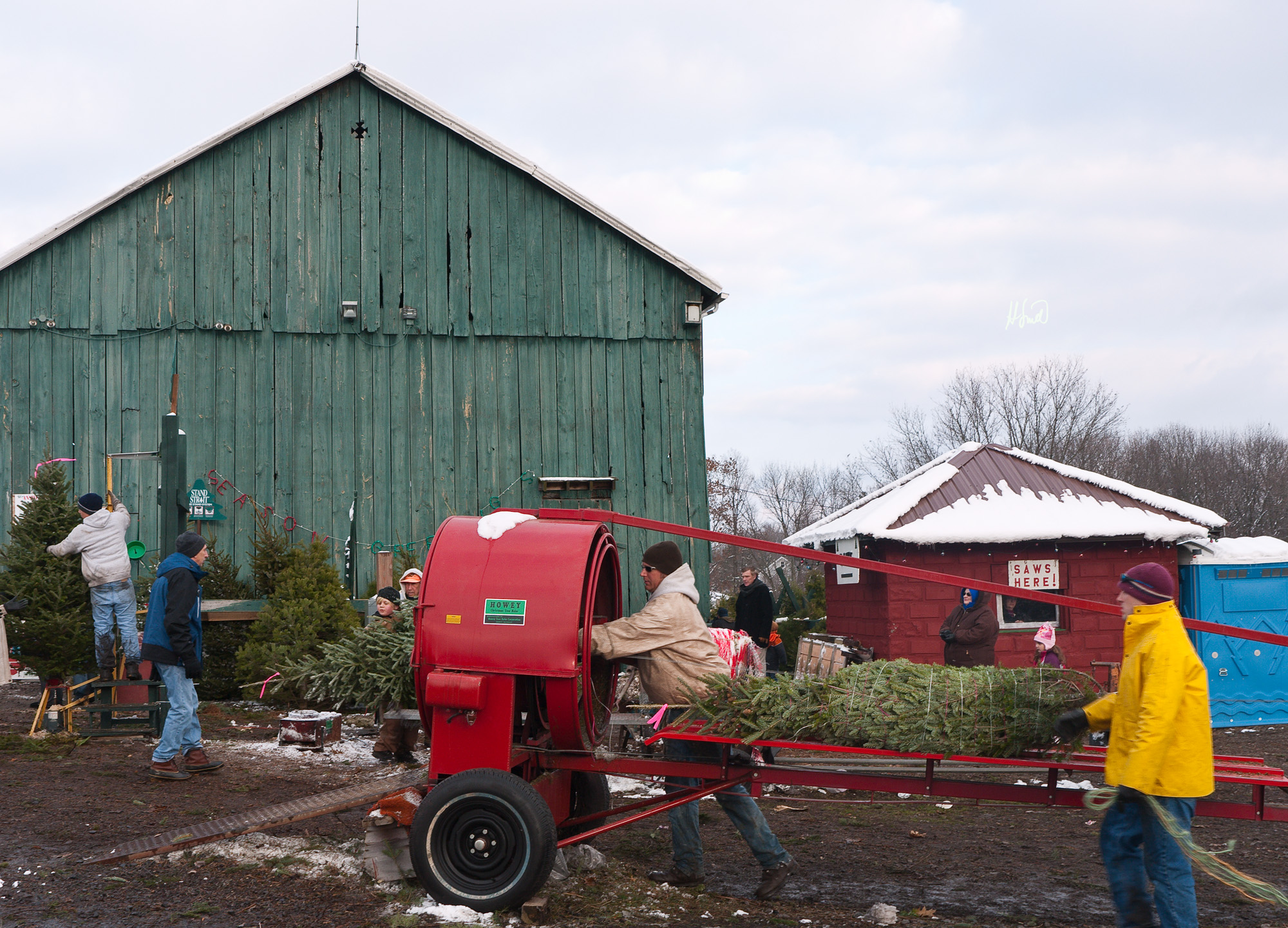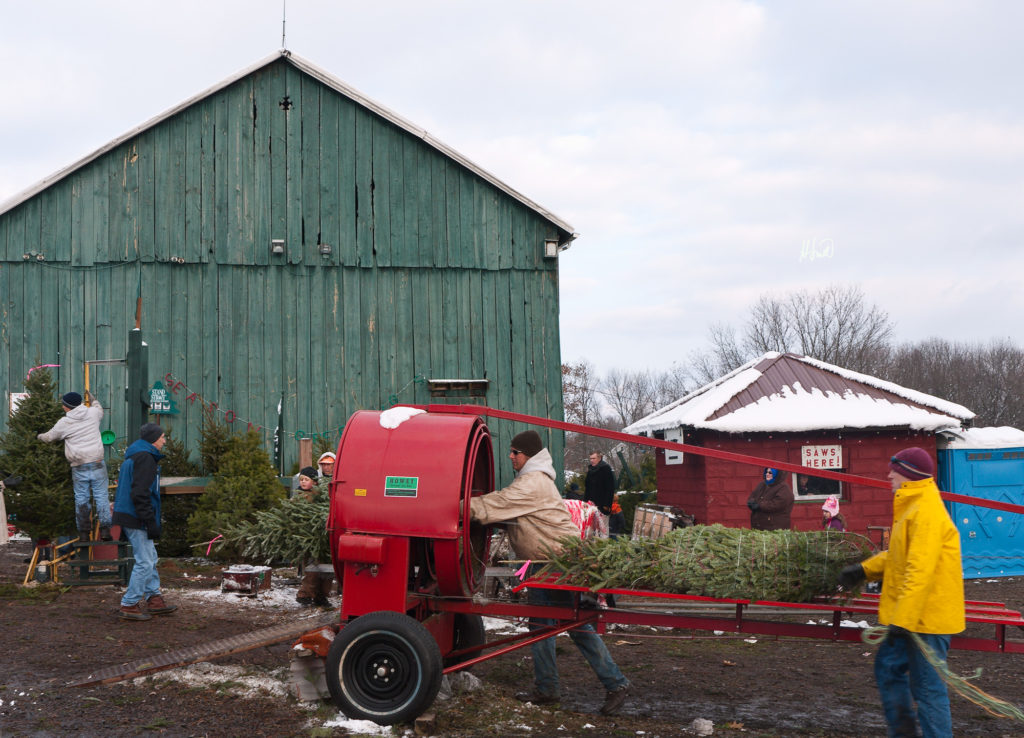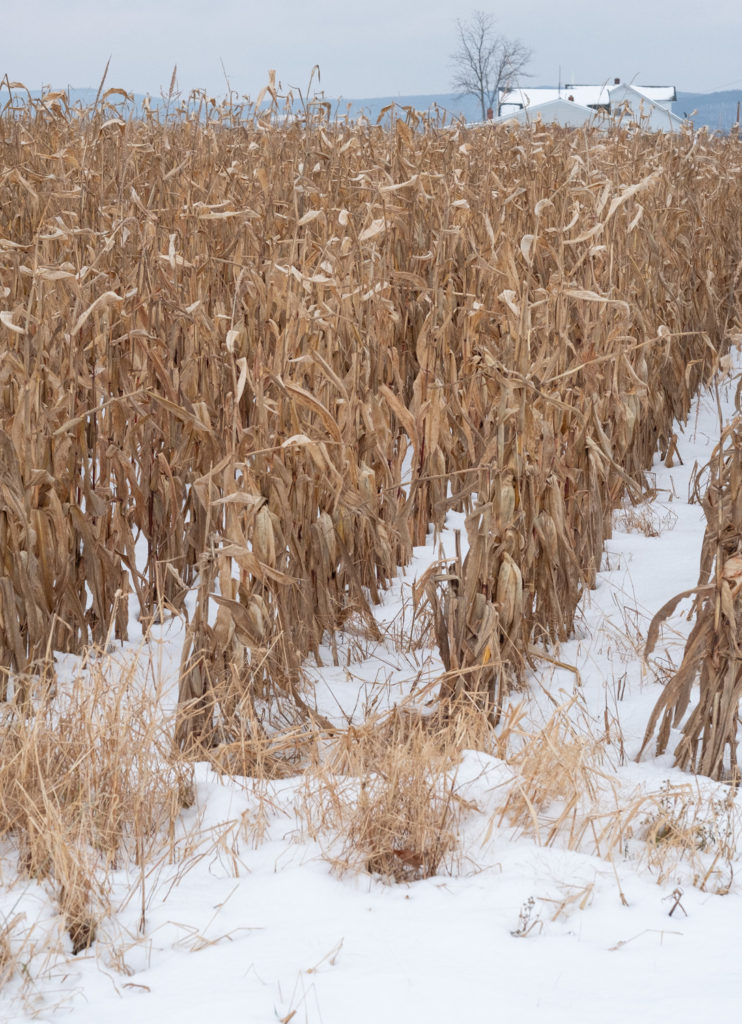
It is been a year and 11 months since the happy little packet of spike proteins and mRNA arrived in our country courtesy of Dr. Fauci and the Chinese Communist Party.
So here’s a little schadenfreude for my naysayers: yesterday, I was diagnosed with what I suspect is Omicron. In my case, it started with very subtle bronchitic symptoms at the end of the day on Tuesday. Walking out to my car from work, I suddenly felt an unexpected sense of fatigue for that time of day. Suspicious, I went straight home, and grabbed a home test kit. That first test was negative.
Overnight I felt chilled and achy but took some Naprosyn which improved my symptoms. The next morning I retested and was unequivocally positive.
Since then, my main symptoms have been that of a rather annoying viral respiratory infection. There is some fatigue, a modest cough, but a lot of upper respiratory congestion and sneezing. Yesterday, at least in the morning, the symptoms might have prompted me to call off work (as if I weren’t busy) even without the quarantine requirements of Covid-19. Today I feel better. Symptomatically I would’ve gone back to work, albeit with a little self-pity.
Unfortunately, this is SARS CO-V2. The 10 day period of isolation will encompass Christmas, and disrupt plans to gather with family, and otherwise socialize. This arbitrary number is annoying given that I can easily retest when I become asymptomatic and prove I’m not shedding virus.
In my case, I can see why this variant spreads so efficiently. Omicron infects preferentially the tracheobronchial tree, versus the alveoli (lung tissue) in earlier viruses. It thus causes more cough and sneezing symptoms which help to aerosolize and spread the viral particles. Given this, however, it is much less likely to cause issues with “gas exchange” and thus hypoxia and respiratory failure. This seems to have so far borne out both in South Africa and now Great Britain.
I have been taking again the cocktail of hydroxychloroquine, and azithromycin, given the unavailability of Ivermectin. I’m also taking zinc, vitamin D, and a B complex supplement in addition to my usual medications.
Obviously, my situation will not be universal, and some people, particularly people with lung disease, will have more problems. But in reading reports in countries where omicron has become dominant, this is a fairly typical presentation. From my point of view my experience is nothing to get excited about. We’ll see what happens but, three years ago, if such an illness were spread in the community, I would probably notice an increase in exacerbations in my asthma and COPD patients. I have seen this kind of outbreak many times before Covid. The general public is typically unaware.
Omicron has definitely changed the game. There is an international study in preprint, detailing the mutational change in the virus, and its ability to escape immunity, both natural, and vaccine-induced. Here is an article in Forbes that nicely summarizes the study’s findings. In short, the spike proteins have mutated to cling more tightly to the ACE-2 receptors in the respiratory tree, which may explain the preference for the upper airways. Natural immunity also has been thwarted by these new mutations. This was studied by using convalescent serum.
It is interesting to look at the vaccines in detail. Pretty much all of the vaccines lost efficacy against the virus two weeks after the last injection. By three months post the third injection, the vaccinated were susceptible to Omicron. It is interesting to me that the most durable vaccine appears to of been the one offered in China by Sinopharm, which, by the way, is a traditional attenuated live viral vaccine. This means people are vaccinated against the whole virus, rather than just the spike protein.
Parenthetically, according to Robert Malone, the inventor of the mRNA vaccine technique, traditional vaccines take much longer to produce. China appears to have gotten it done in record time. I wonder whether they had a “head start”
To me, all of this suggests several conclusions:
#1. With Omicron we are essentially back to square one in terms of immunity. Thank God it isn’t particularly virulent. Hopefully, this will be a trend.
#2. As with multiple efforts with coronaviruses in the past, vaccination is not a practical solution, and ought to be deemphasized.
#3. It’s time to turn to therapeutics, which are less likely to be affected by mutations. We need Ivermectin to be freed up for use. The promising new antiviral from Pfizer, Paxlovid, has just been granted an Emergency Use Authorization but is unlikely to be widely available for some time. Unfortunately, from their own data, Merck’s drug Molnupivinir, may not be particularly useful.
As I have said before, this virus and its variants are becoming endemic in the population. Any expectation that you will not be infected, or re-infected, is likely unrealistic.
And for my vaccine-devoted, Fauci-worshiping critics, enjoy your opportunity to revel in my illness.
Your turn is coming.
As always, I’d be honored if you’d share.
Header Image: Tracks on the Back Pond (Fujifilm X Pro 1, XF 18-55mm f2.8-4)





